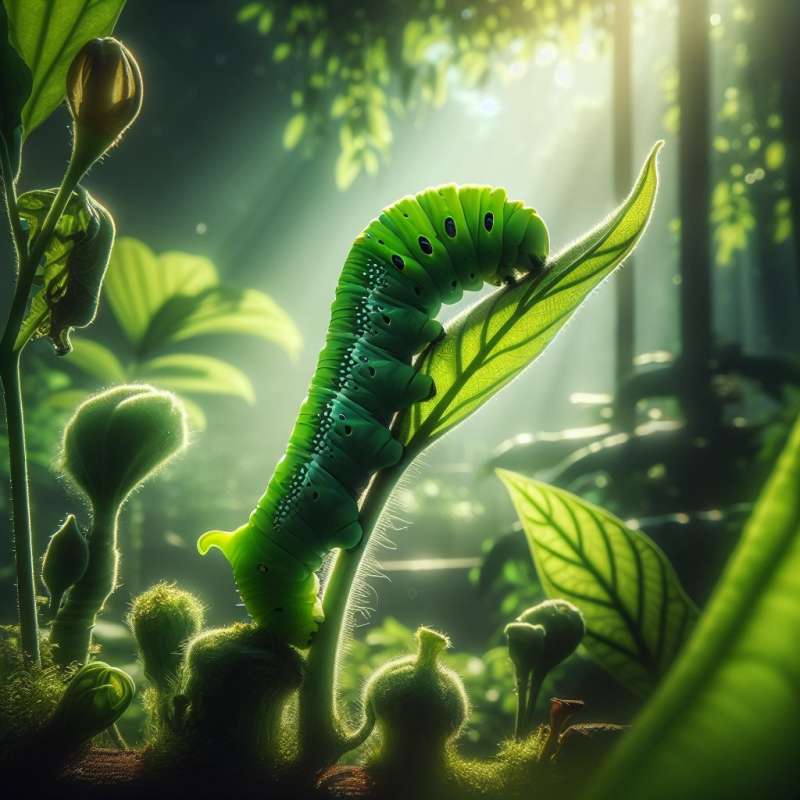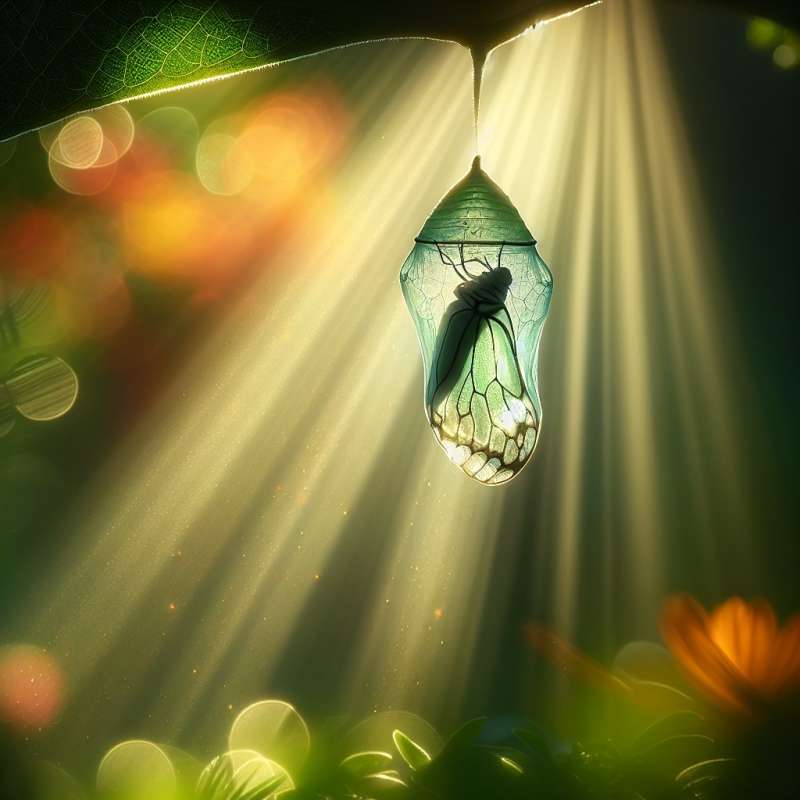
The Butterfly Lifecycle
Butterflies undergo complete metamorphosis, an extraordinary process of transformation comprising four distinct stages: egg, larva (caterpillar), pupa (chrysalis), and adult.
Surviving Egg Stage
Female butterflies lay eggs on specific host plants. Some species have eggs that can resist harsh weather, protecting the embryo. Each egg's design ensures survival, from ridges to camouflage.
Caterpillar Growth Spurts
Caterpillars hatch with an insatiable appetite, crucial for growth. They shed their skin several times in a process called 'molting'. Each stage between molts is called an 'instar'.
Chrysalis: Metamorphic Mystery
During the pupa stage, the caterpillar's body undergoes a remarkable transformation. Inside the chrysalis, it breaks down and reorganizes into an adult butterfly through a process called histolysis and histogenesis.
Butterfly Wing Patterning
Wings form inside the chrysalis, with scales that reflect light differently, creating diverse colors and patterns. These patterns can provide camouflage, mate attraction, or even warn predators of toxicity.
Nectar: Adult Butterfly Diet
Adult butterflies feed primarily on nectar. Their long, coiled proboscis uniquely allows them to drink from flowers. This diet helps them conserve energy for reproduction and migration.
Migration and Navigation
Some butterflies, like monarchs, migrate thousands of miles. They use environmental cues like the magnetic field and sun positioning for navigation, an impressive feat for such delicate creatures.Butterfly Heartbeat Mystery
Butterflies have a single-chambered heart that beats up to 150 times per minute, even during the delicate chrysalis stage.
What is complete metamorphosis?
Egg to larva to adult
Egg, larva, pupa, adult
Only larva to adult stage
Company